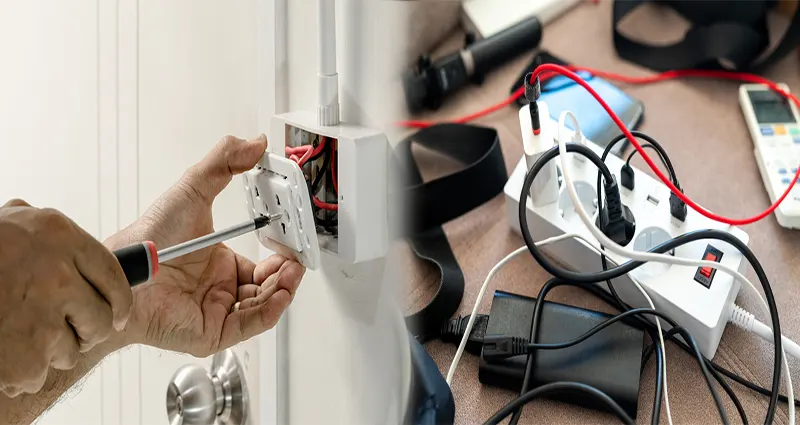Sustainable and Energy-Efficient Home Remodeling Tips
Creating a sustainable and energy-efficient home is a priority for many homeowners. Not only does it help reduce the impact on the environment, but it can also lower energy bills and create a healthier living space. If you’re considering remodeling your home with sustainability in mind, here are some tips to help you make environmentally-friendly choices.
1. Energy-Efficient Appliances
When remodeling your home, consider replacing old appliances with energy-efficient models. Look for appliances with an Energy Star certification, which indicates that they meet the energy efficiency guidelines set by the Environmental Protection Agency. These appliances can significantly reduce energy consumption and lower utility bills.
2. LED Lighting
Consider replacing traditional incandescent bulbs with LED lighting. LED bulbs are more energy-efficient, have a longer lifespan, and are available in a variety of color temperatures to suit different areas of your home. By making this switch, you can reduce your energy usage and maintenance costs.
3. Renewable Flooring Materials
When choosing flooring for your home, opt for sustainable and renewable materials such as bamboo, cork, or reclaimed wood. These materials are eco-friendly and can give your home a unique and stylish look. They also have a lower environmental impact than traditional hardwood flooring.
4. Proper Insulation
Good insulation is crucial for maintaining a comfortable temperature in your home and reducing energy usage. During your remodel, assess the insulation in your walls, attic, and floors, and consider upgrading to materials with higher R-values. Proper insulation can minimize the need for heating and cooling, … READ MORE >>>











